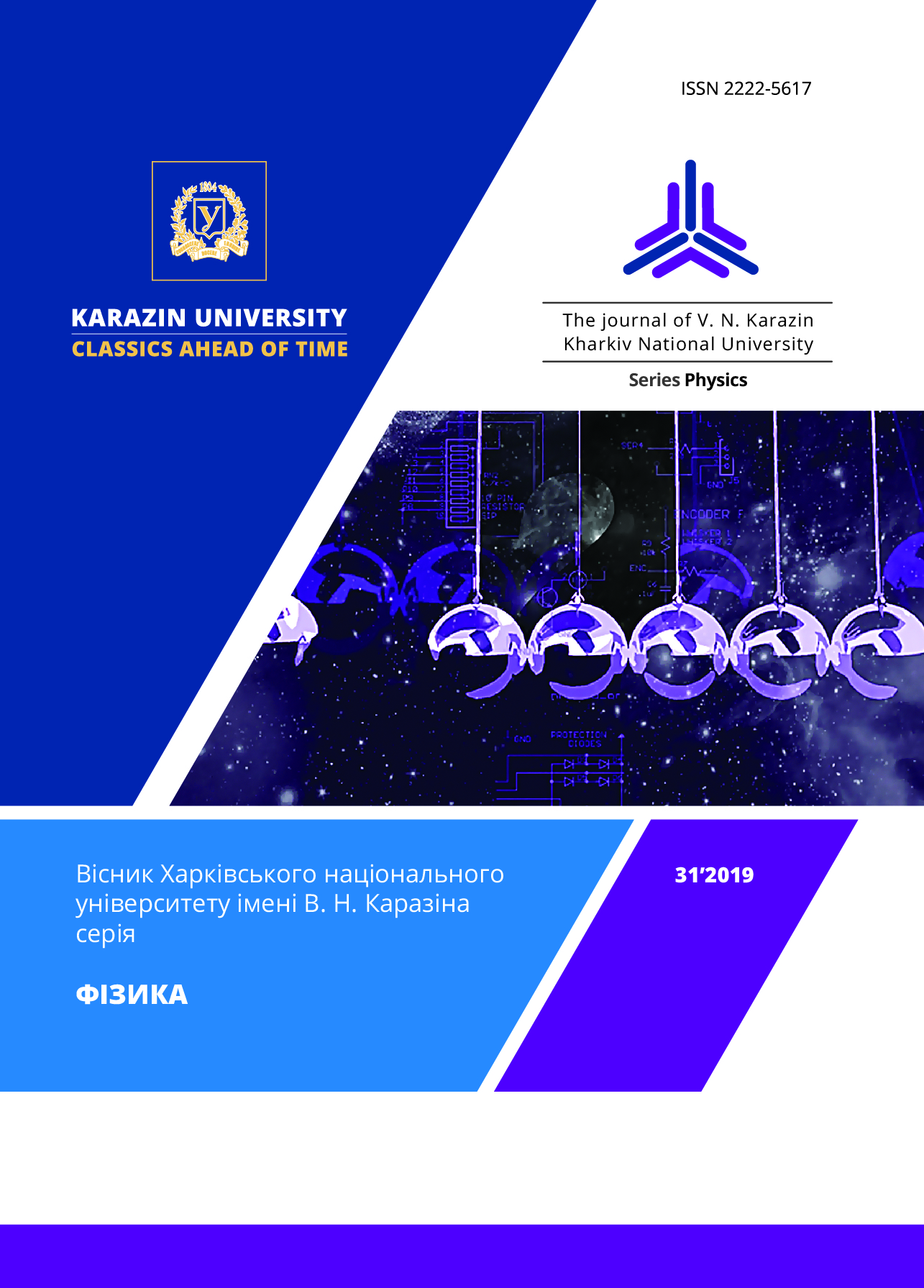The N-point gravitational lens as cover and his the profile cover
Abstract
The study of mathematical models of gravitational lenses are not direct observations. A special place in such studies is the visualization of the lens model. The image of the source and its images in the N-point gravitational lens, in the picture plane, visualizes the mathematical model - the algebraic equation of the lens. Recently, the number of studies of the equation of the N-point gravitational lens by algebraic methods has increased [6–8]. Such studies make it possible to consider the gravitational lens not only as an algebraic, but also as a topological object.
In the work, the equation of the N-point gravitational lens in the complex form is studied. A bundle above the source plane is assigned to it. We investigated one subfamily of lens equations. A critical set of equations of this subfamily is a closed Jordan curve. To the equations of this subfamily we put in correspondence not only a vector bundle, but also a covering.
A method for describing coverings is developed for equations whose caustic in the finite plane is a closed Jordan curve (Jordan caustic). A special case of such coverings is coverings for the equation of an N-point gravitational lens, the critical set of which is a closed Jordan curve. These equations, also, have Jordan caustics. The method is similar to the method for describing Riemann surfaces of algebraic functions, graphs ‒ profiles.
The algorithm for constructing coverings and the developed method for describing these coverings illustrates an example of a cover given by a rational non-analytic function of a complex variable The covering surface has not only a Jordan caustic, but also a second-order branch point at an infinitely distant point.
The methods of the theory of functions of a complex variable, algebraic geometry, algebraic topology and graph theory are used.
Downloads
References
P. Schneider, J. Ehlers, E.E. Falco. Gravitational lenses, Springer-Verlag, Berlin Heidelberg (1999), p. 560.
V.A. Rokhlin, D.B. Fuks. Nachal`ny`j kurs topologii. Geometricheskie glavy`, Nauka, M. (1977), 488 s.
R. Nevanlinna. Verhandl. Internat. Mathematiker-Kongr., Zurich, (1932), p. 221.
S.D. Bronza, V.G. Tairova. Teoriya funkczij, funk. analiz i ikh prilozheniya, 33, 12 (1980).
R. Nevanlinna, Odnoznachnye analitichtskie funkcii, GITTL, M. — L. (1941), 338 p. (in Russian)
S.D. Bronza, A.T. Kotvytskiy. Bulletin of V.N. Karazin Kharkiv National University (Physics), 26, 1120, 6 (2017).
K. Danek, D. Heyrovsky. The Astrophysical Journal, 806, 63 (2015).
H.J. Witt. A&A, 236, 2, 311 (1990).
A.T. Kotvytskiy, V.Yu. Shablenko, E.S. Bronza. Odessa Astron. Publ., 31, 24 (2018).








3.gif)
